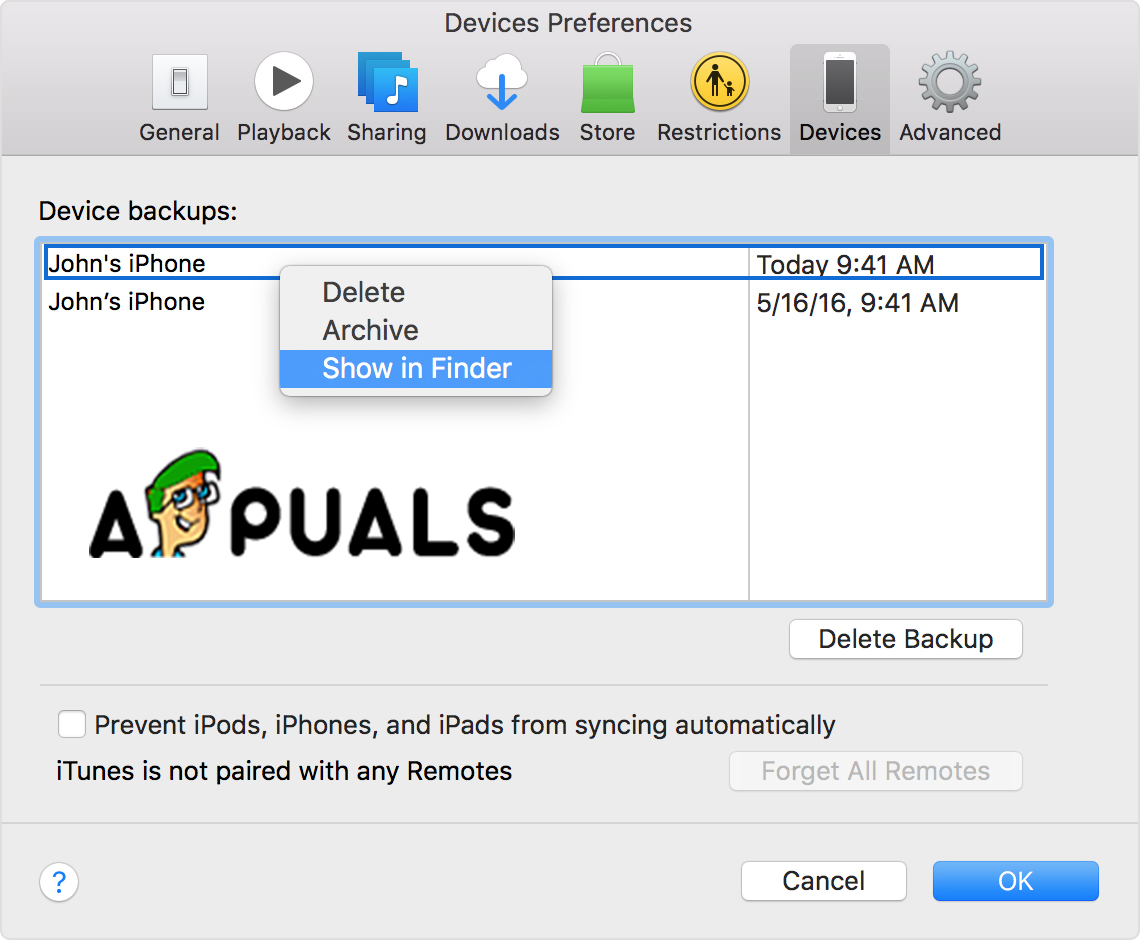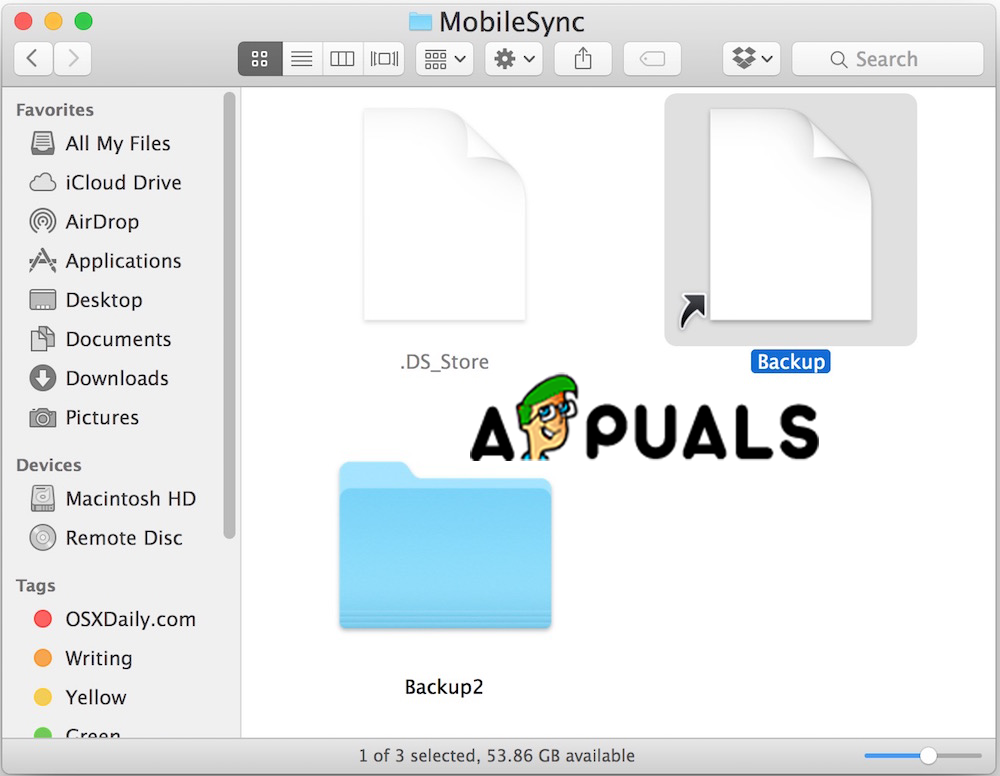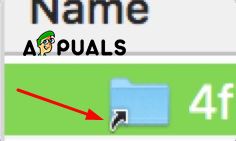Step #1: Find your iPhone backups.
This is the easy part of our solution. Your iPhone backups are stored in a Mobile Sync folder on your computer. In order to find them just open Spotlight and type ~/Library/Application Support/MobileSync/Backup. Or there is another way to find them with iTunes.
Step #2: Move your backups to an external hard drive.
In this step, you should be careful with the name of your hard drive and the names of the folders that you are going to create. This info is going to be used when you create a Terminal pathway.
Step #3: Create Symlink to tell iTunes the new location of the backups.
This step is the tricky one. You should be very careful because this is the most important step in our method. If you don’t execute this method you cannot back up your iPhone anymore. You will have to manually transfer the folders back to your computer. First, we should explain what is a symbolic link or symlink. When you are creating this symbolic link, you are creating a new path for iTunes in order to take and get to the folder where your backups are saved. Or in simple words, you establish a connection between iTunes and the new place where your backups will be saved and retrieved. In your MobileSync folder, you will see a new folder that is called Backup. You can immediately tell that is a symlink because it has an arrow in the bottom left corner. Before continuing you need to check and confirm that everything is working before deleting your old_backup file.
Step #4: Disable automatic backups when connected to iTunes.
Probably you will not always have your external drive connected to your Mac and this is the main reason why you need to disable the automatic backups from your iPhone. Otherwise, every time you connect your iPhone to the computer you will get the same error message. And also, you need to remember to automatically backup your iPhone every time or when you think is necessary and also have your external hard drive connected to your computer. Also, we highly recommend to switch over to synchronization in iCloud and deleting the backups on your computer, because it is the better practice in saving your files and relocating them is just piling space no matter where you are saving them.
Fix: Cant Eject External Hard Drive on Windows 10How to Install Windows 10 on External Hard DriveHow To Convert An External Hard Drive Into An Internal Storage HDD UnitFix: External Hard drive not showing up Windows 10





